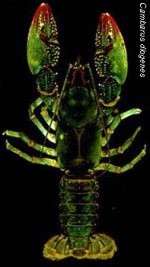Diana
Moongold said:Greetings Diana ~
Do you make any connections between La Papesse and La Luna? I don't see the Marseille doing this at all but I could be wrong. There is no symbolic recognition on either image but I wondered if there is some other connection.
Greetings Moongold.
I don't make a direct connection. Because I don't want to jump to conclusions. But Isis was a Moon Goddess. And there are some who see links between Isis and La Papesse.


